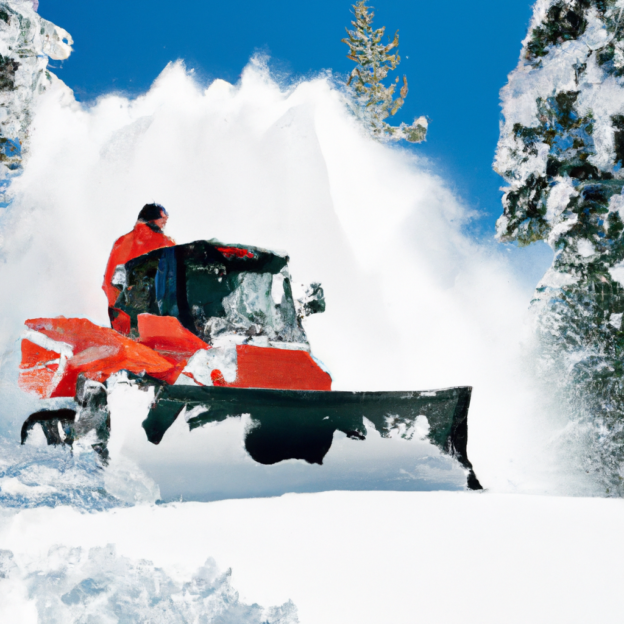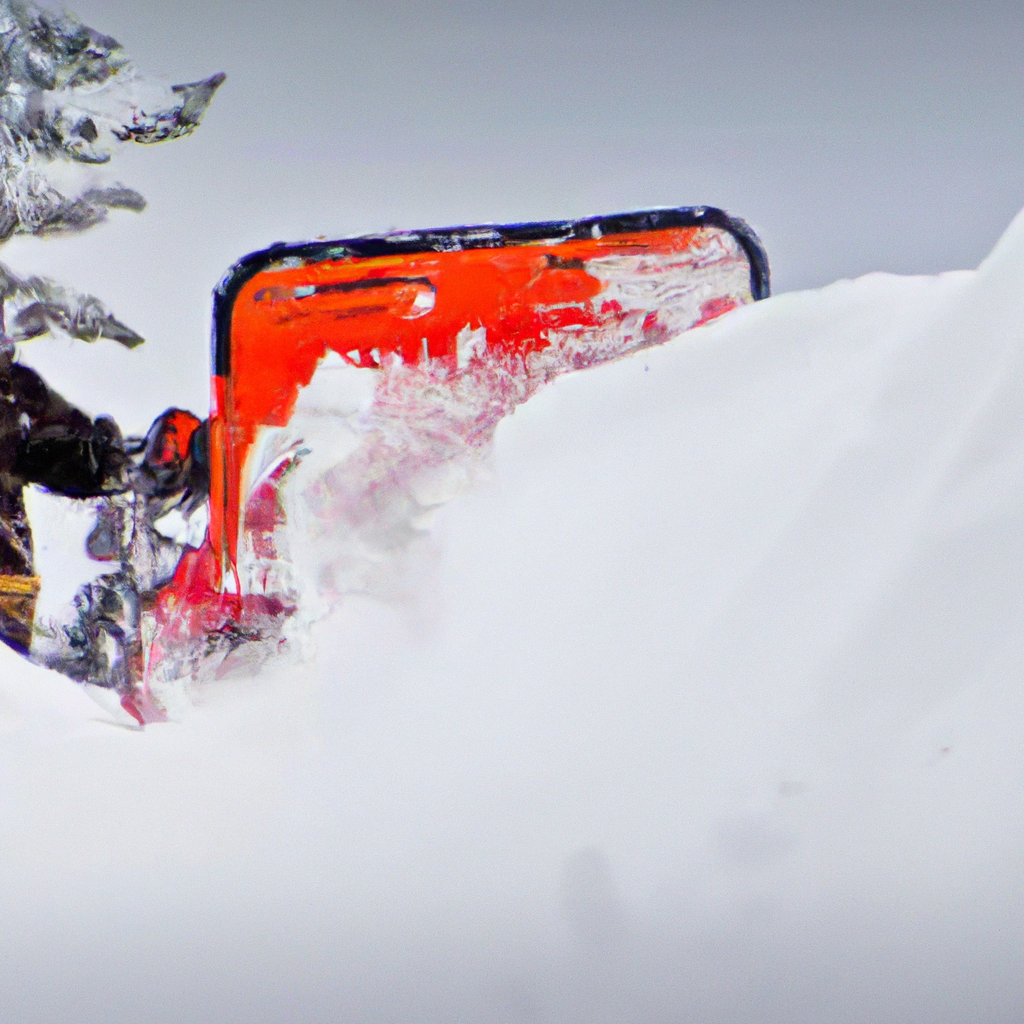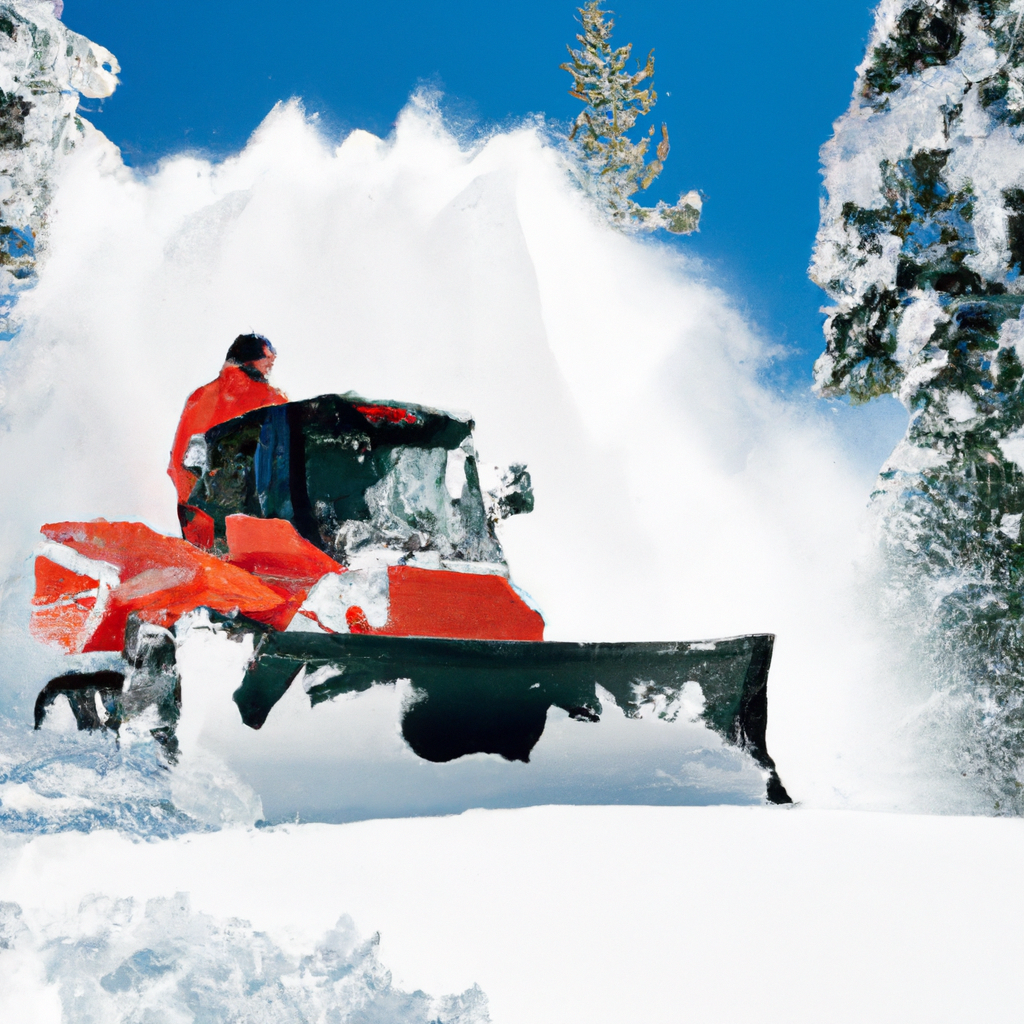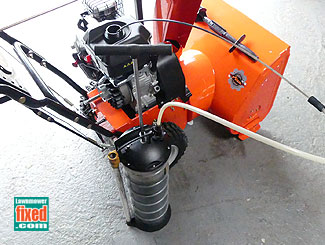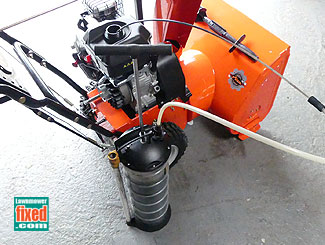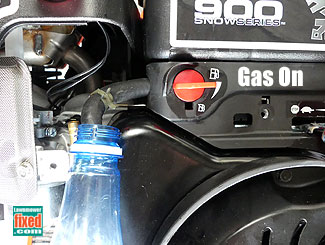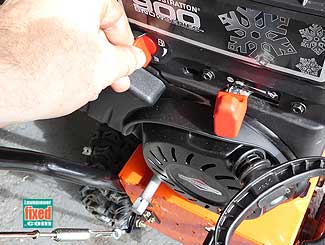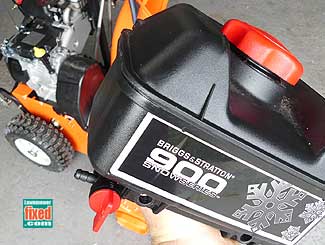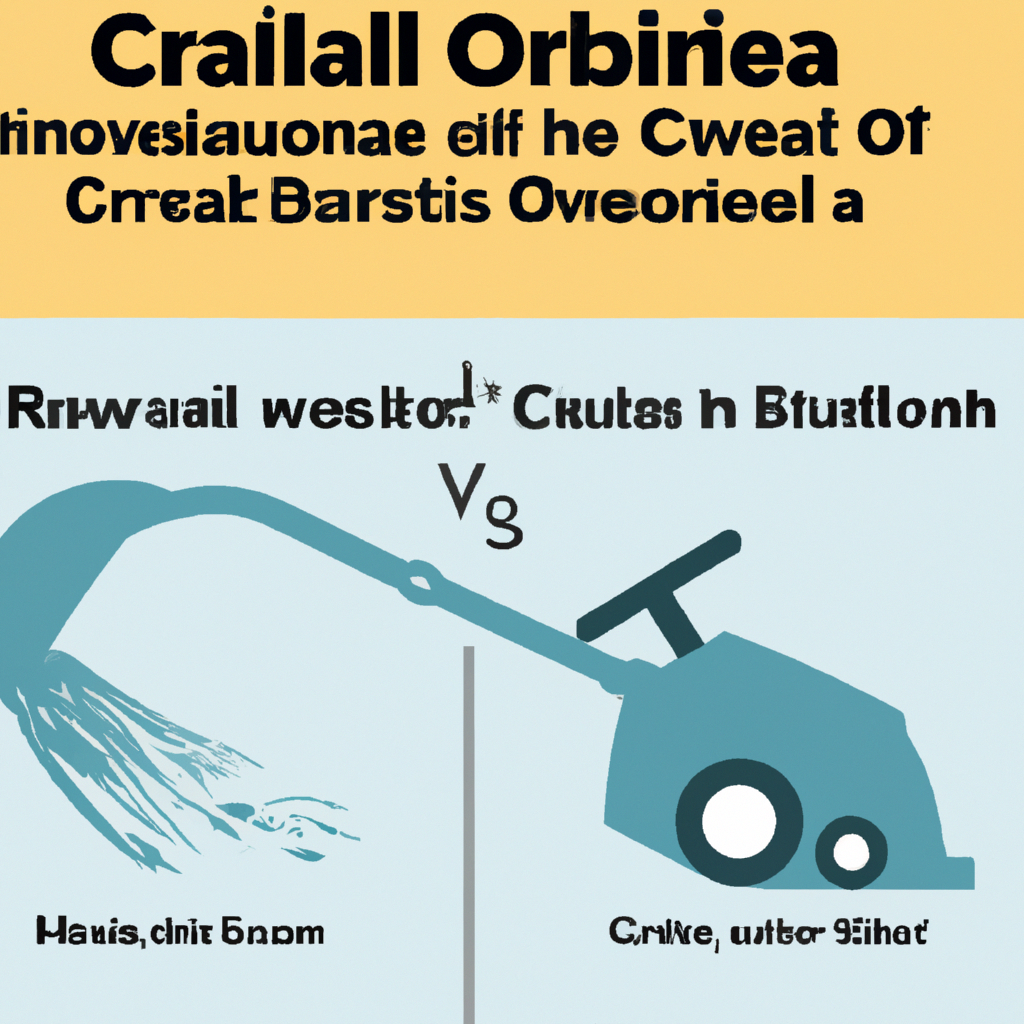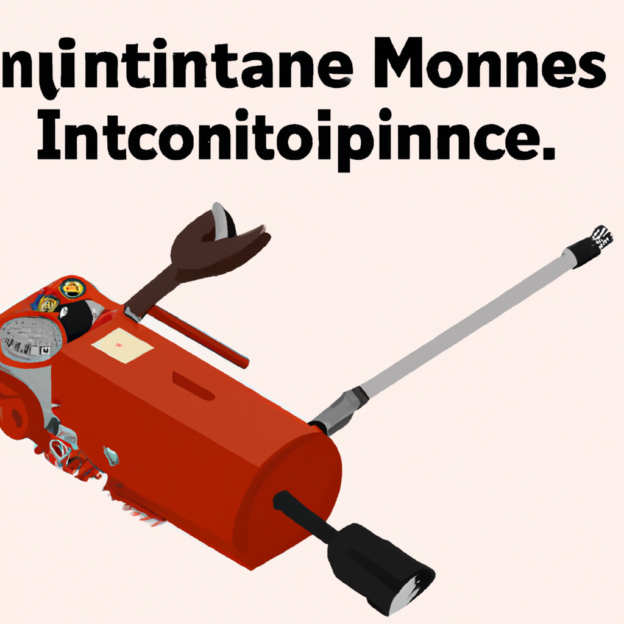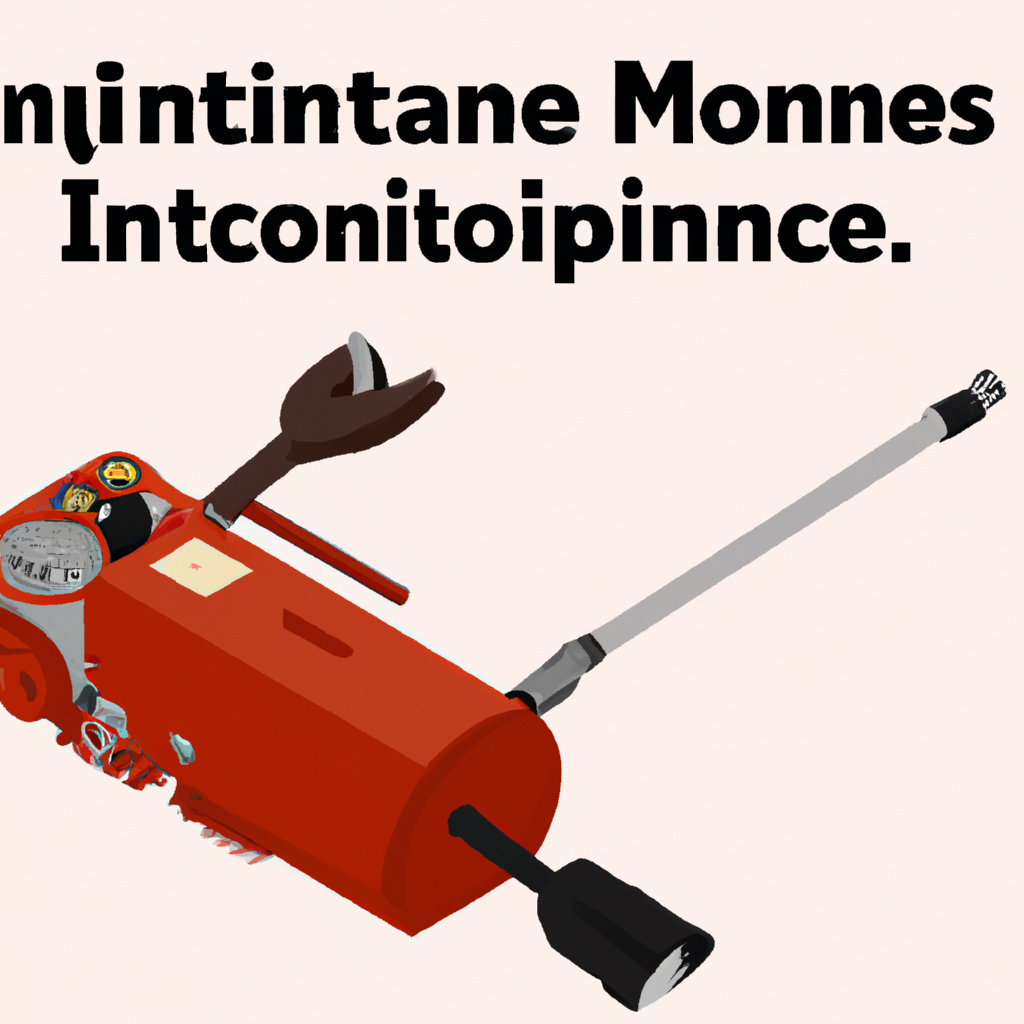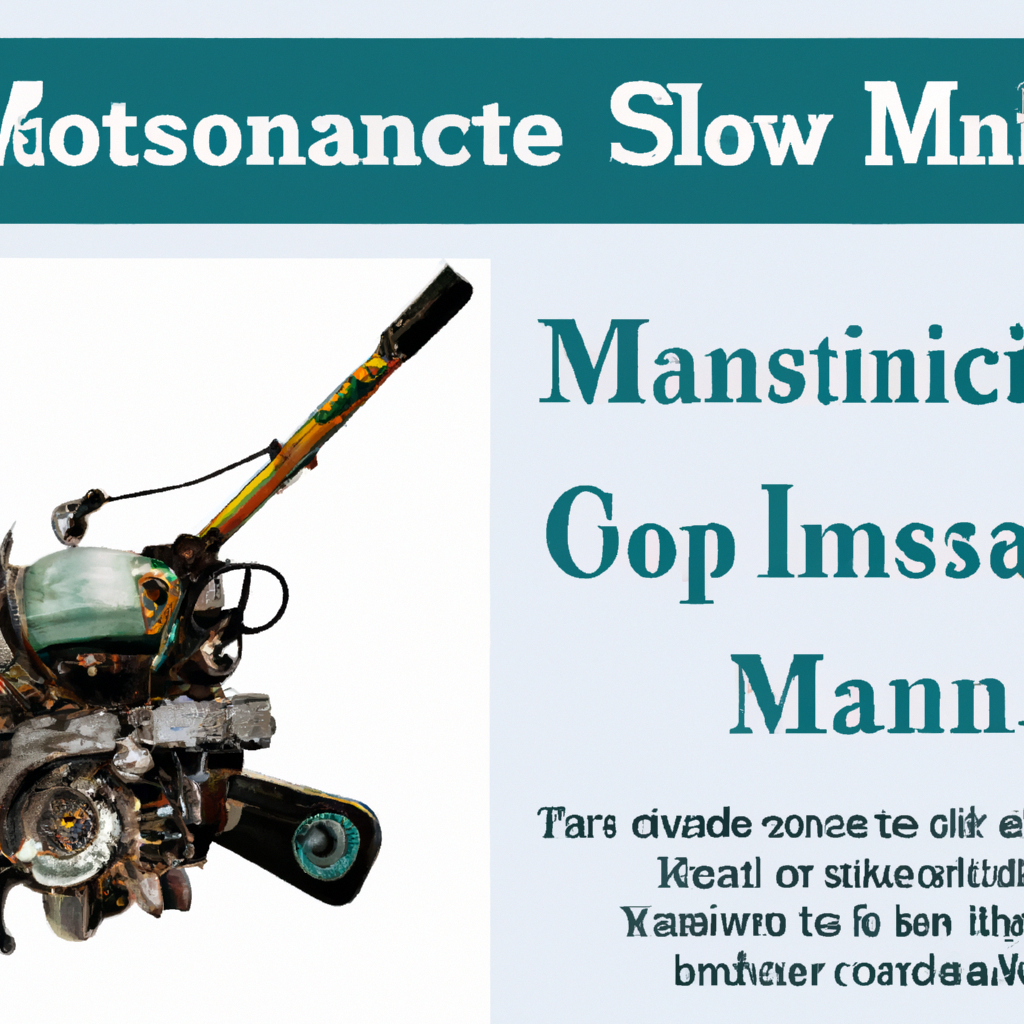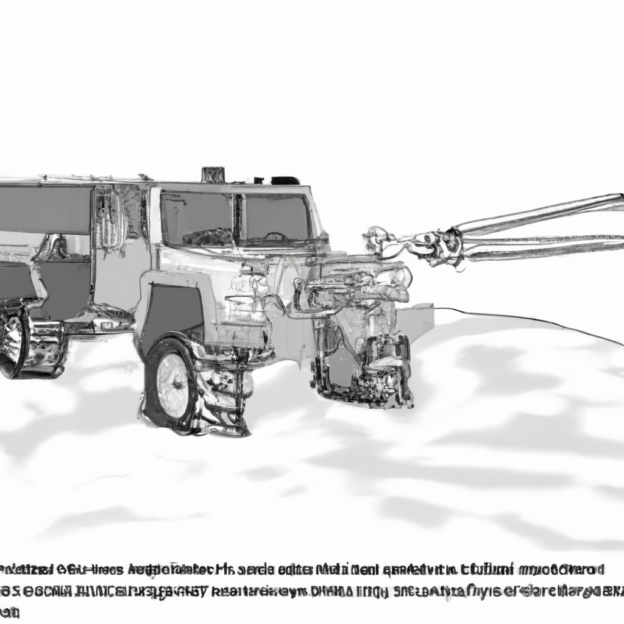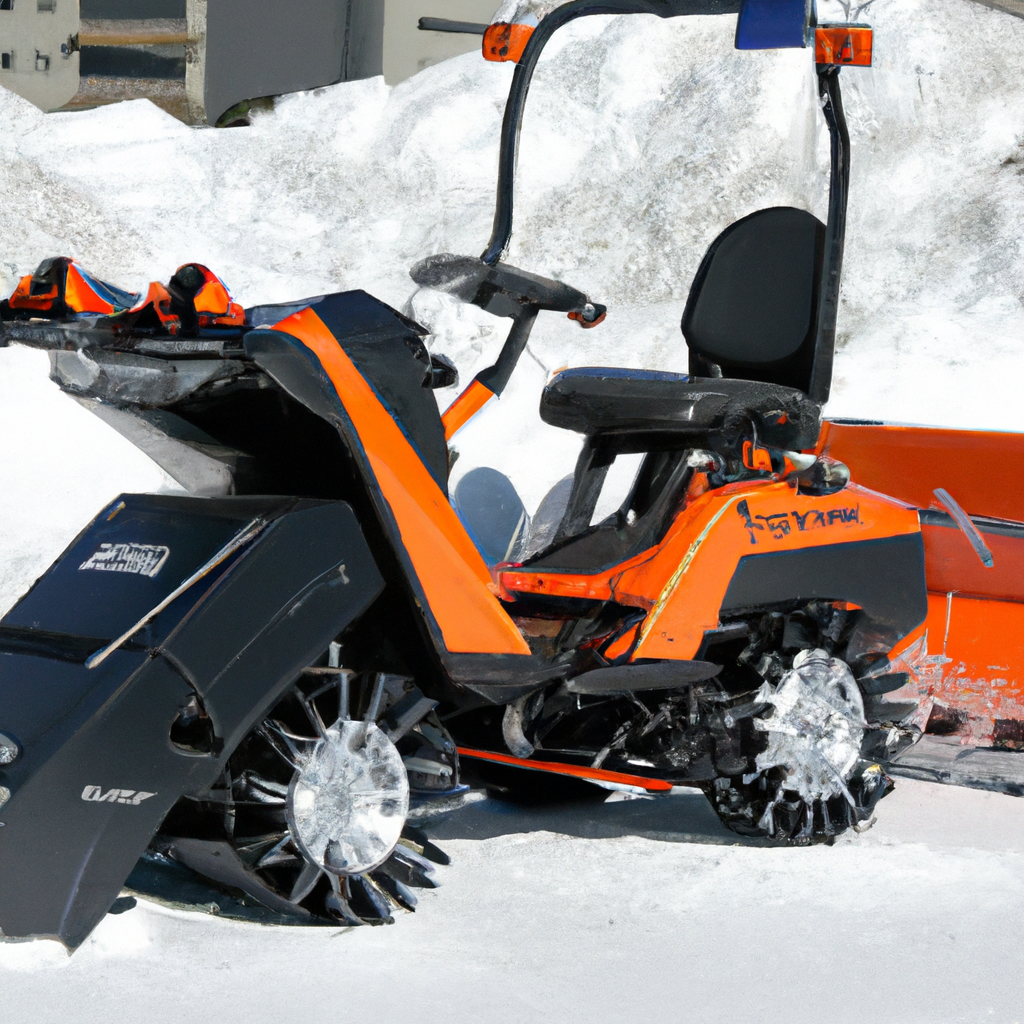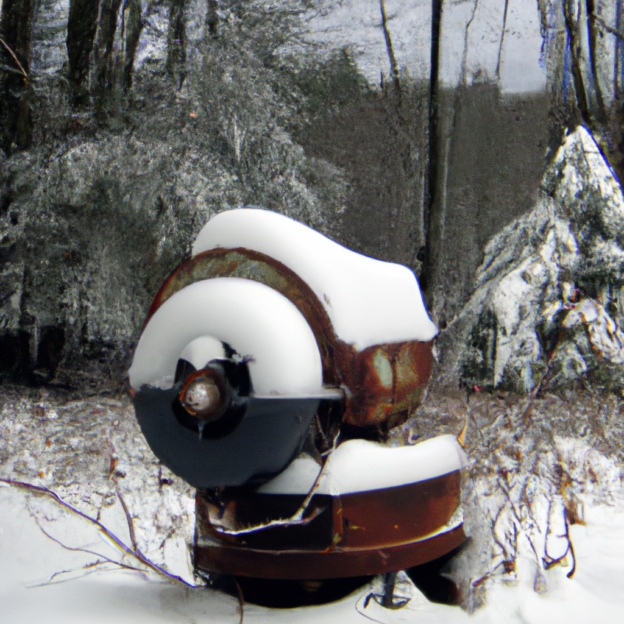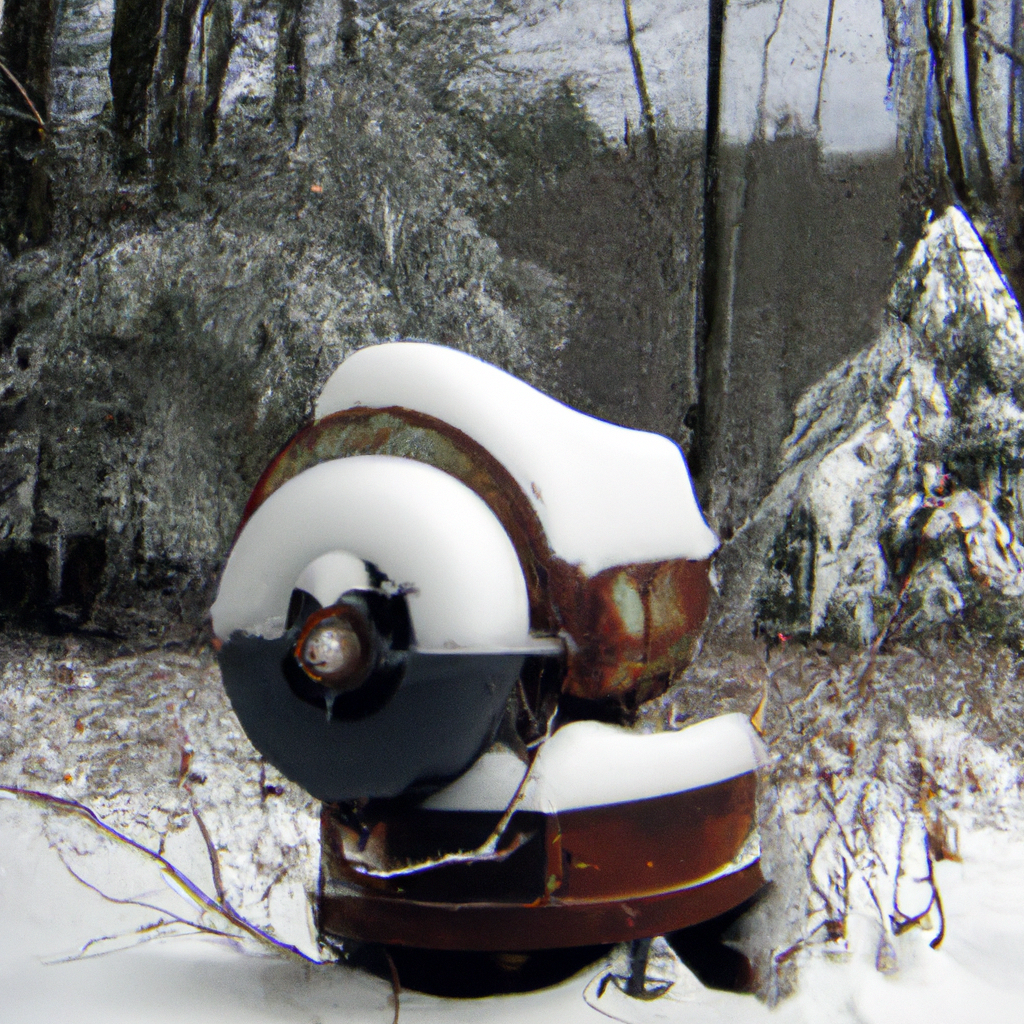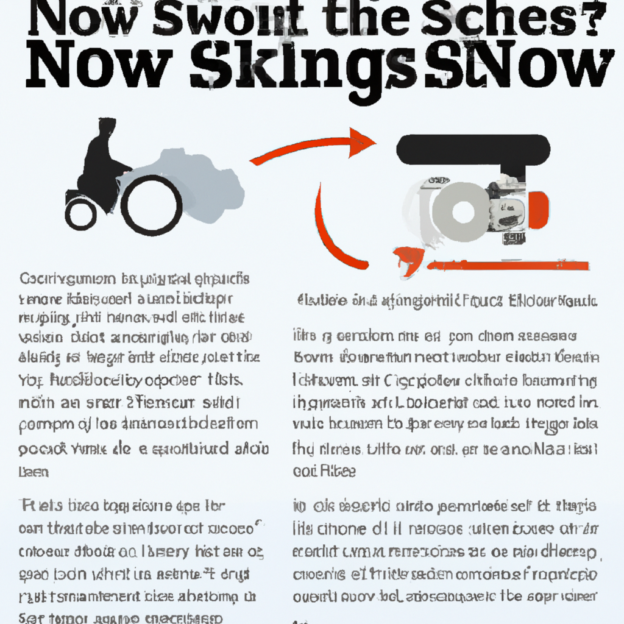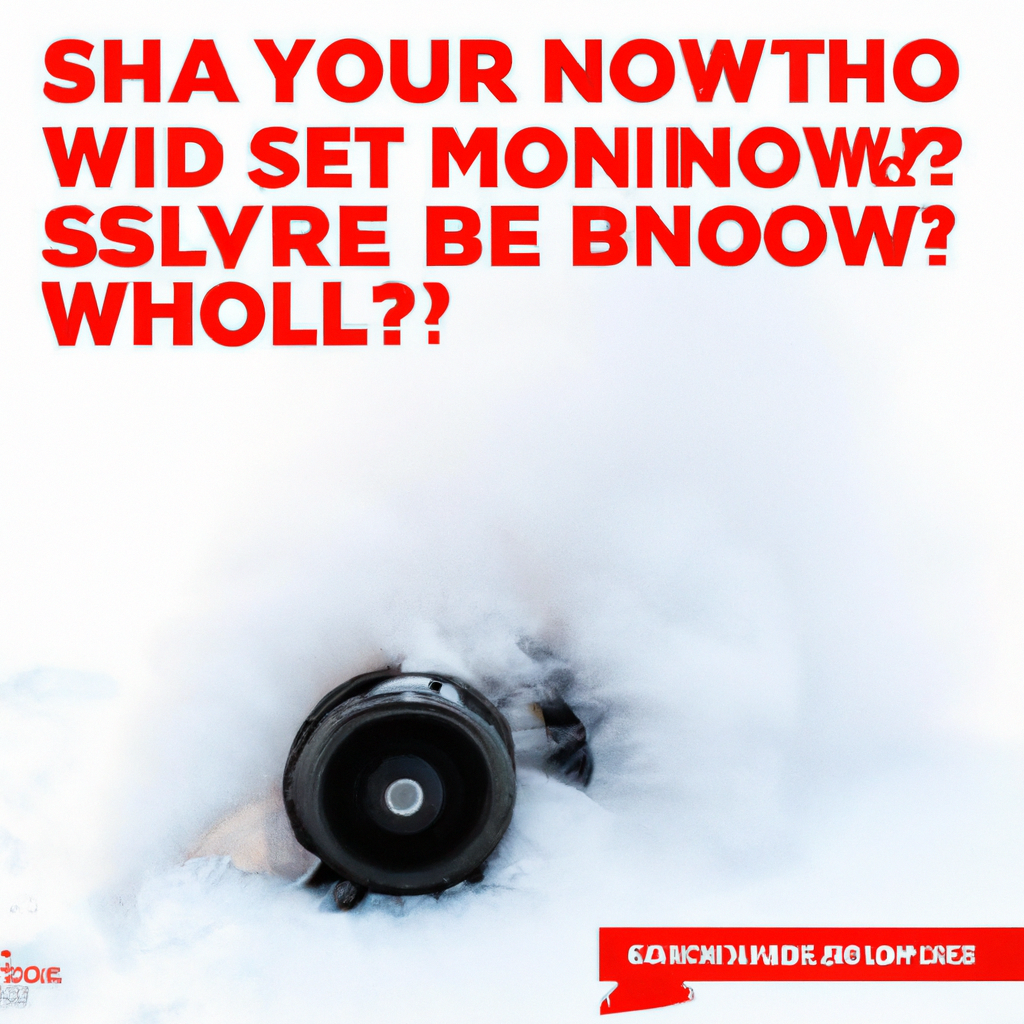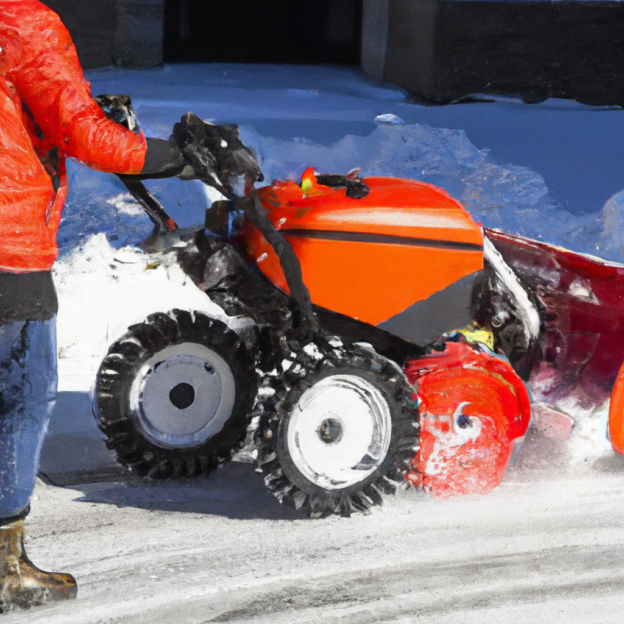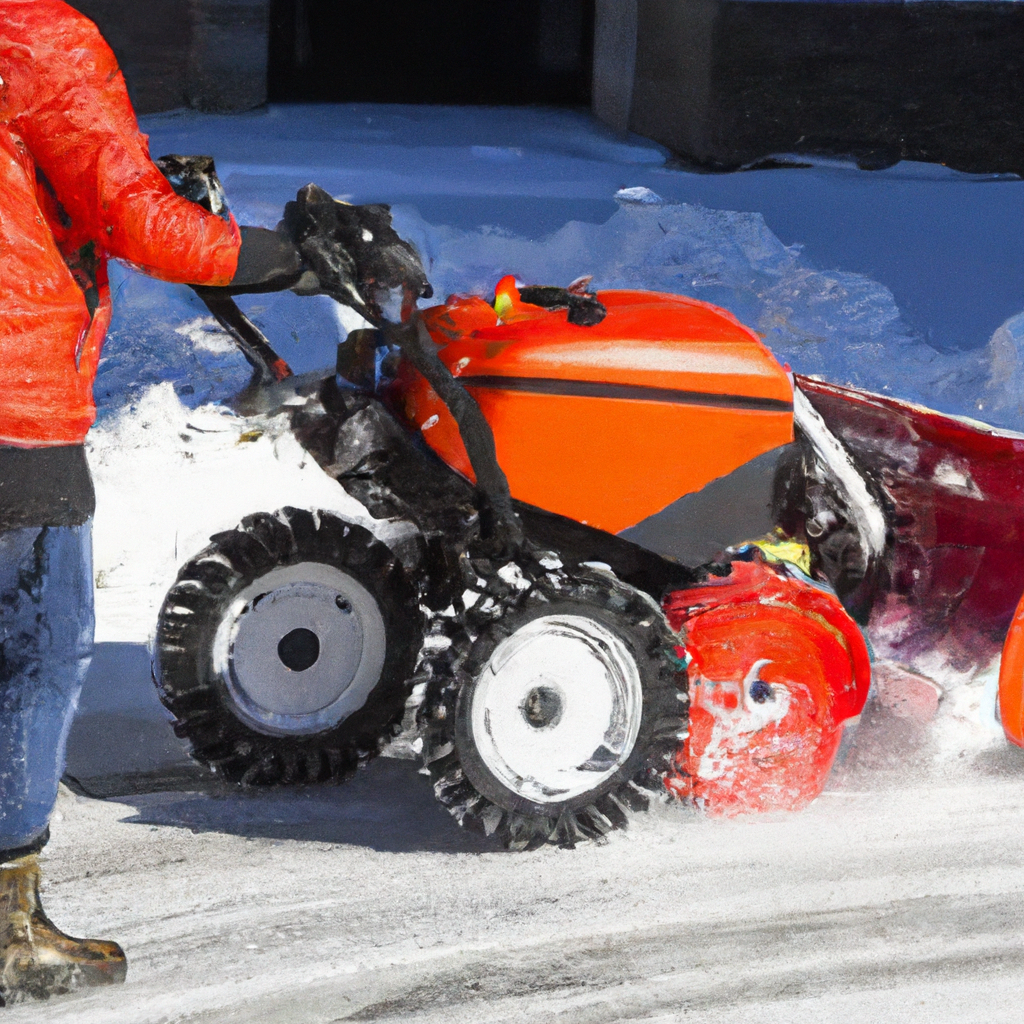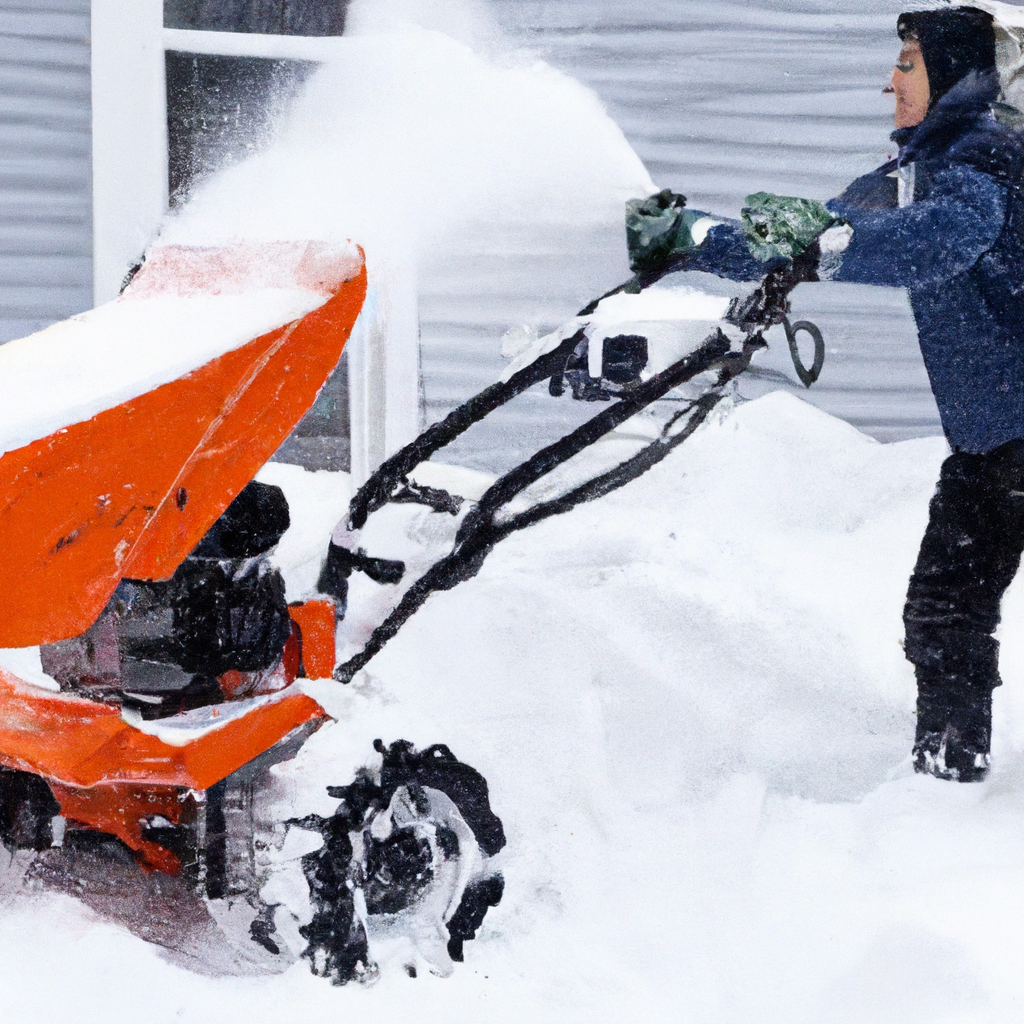So you had a momentary lapse in judgment and accidentally filled up your snowblower with diesel instead of gasoline. Now you’re probably wondering what kind of disastrous consequences this little mix-up might have. Well, fear not, because in this article, we’ll explore exactly what happens when you put diesel in your snowblower by mistake, and how you can rectify the situation without causing any irreparable damage. Don’t fret, we’ve got you covered!
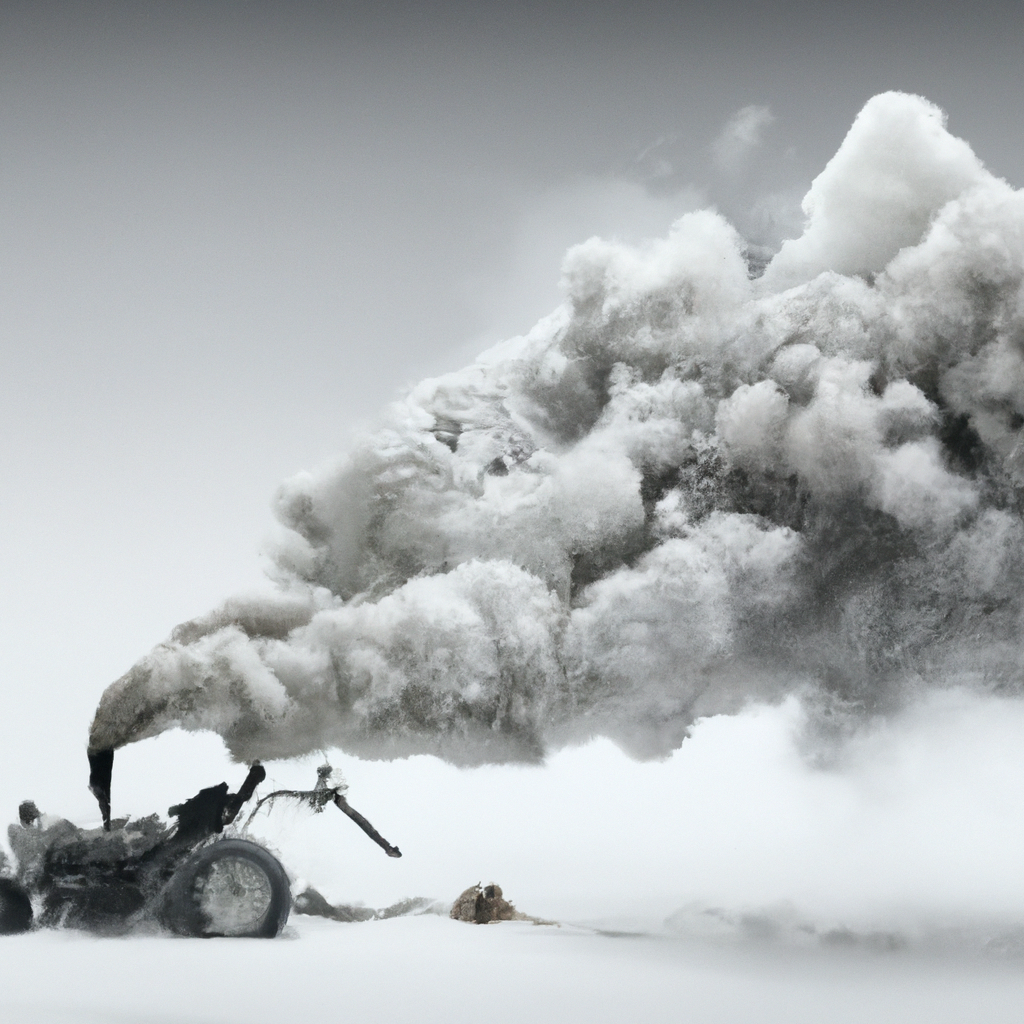
Overview of the issue
Putting diesel in your snowblower by mistake can lead to numerous problems and potential consequences. Diesel fuel is not designed for use in small engines like those found in snowblowers, and its chemical composition is significantly different from gasoline. This can result in engine performance issues, potential damage to the snowblower, and the need for immediate action to rectify the situation.
Understanding the potential consequences
When diesel fuel is used in a snowblower engine, it can cause a variety of issues that affect its overall performance. These consequences can include difficulties in starting the engine, reduced power output, increased smoke emissions, and a loss of engine efficiency. These consequences can not only impact the snowblower’s ability to effectively remove snow but can also lead to long-term damage if not addressed promptly.
Why diesel can cause problems in a snowblower
Diesel fuel is formulated differently from gasoline, and its properties make it incompatible with snowblower engines. One of the main reasons diesel causes problems in snowblowers is its higher ignition point. Diesel requires more heat to ignite compared to gasoline, which can make starting the engine a challenging task. Additionally, diesel burns at a slower rate, leading to reduced power output and overall engine inefficiency.
Effects on snowblower engine performance
Engine starting issues
Due to diesel’s higher ignition point, using it in a snowblower can result in difficulties starting the engine. This can be frustrating and time-consuming, especially during cold weather conditions when rapid snow removal is essential.
Reduced power output
The slower burning rate of diesel fuel can lead to a reduction in the snowblower engine’s power output. This can cause a decrease in the machine’s effectiveness in clearing snow, requiring more passes and resulting in a slower snow removal process.
Increased smoke emissions
Using diesel fuel in a snowblower can also lead to increased smoke emissions. Diesel combustion generates more visible smoke compared to gasoline, which can be both unsightly and potentially harmful to the environment.
Loss of engine efficiency
The chemical composition and combustion properties of diesel fuel can result in a loss of engine efficiency in a snowblower. This means that the engine may not convert fuel into mechanical energy as effectively, wasting fuel and potentially leading to increased operating costs.
Potential damage to the snowblower
In addition to affecting engine performance, using diesel in a snowblower can also cause damage to various components of the machine.
Clogging of fuel system
Due to the differences in the chemical composition of diesel and gasoline, using diesel fuel can lead to the clogging of the fuel system. Diesel may leave behind residue and deposits, which can obstruct the fuel lines and filters, preventing proper fuel flow.
Damage to fuel lines and injectors
The distinct properties of diesel fuel can also cause damage to the snowblower’s fuel lines and injectors. Diesel’s chemical makeup and slower combustion rate can result in increased wear and tear on these components, potentially leading to leaks or even failure.
Corrosion of metal components
Diesel fuel contains higher levels of sulfur compared to gasoline, which can lead to increased corrosion of metal components within the snowblower. This corrosion can further contribute to the degradation and malfunctioning of various parts, reducing the overall lifespan of the machine.
Impacts on carburetor and spark plugs
Using diesel in a snowblower can also have negative effects on the carburetor and spark plugs. Diesel fuel does not vaporize as easily as gasoline, leading to a higher likelihood of carburetor clogging. Additionally, the higher ignition temperature of diesel can result in fouling of the spark plugs, further hindering engine performance.
Immediate actions to take
If you have accidentally filled your snowblower with diesel fuel, there are several immediate actions you should take to minimize any potential damage and get the machine back up and running smoothly.
Stop using the snowblower
First and foremost, it’s essential to stop using the snowblower once you realize diesel has been added to the fuel tank. Continuing to operate the machine can exacerbate the issues and potentially cause further damage.
Drain the fuel tank
Next, drain the fuel tank completely to remove the diesel fuel. This can be done by using a siphon or disconnecting the fuel line, allowing the diesel to drain into a suitable container. Proper disposal of the diesel fuel is crucial to minimize environmental impact.
Flush the fuel system
After draining the fuel tank, it is necessary to flush the entire fuel system to eliminate any remaining traces of diesel. This can be done by adding fresh gasoline to the tank and running the engine for a short period, allowing it to circulate through the system.
Replace the fuel filter
Since diesel fuel can leave residue and deposits, it is advisable to replace the fuel filter after flushing the fuel system. This will ensure that any potential contaminants from the diesel are removed, allowing for clean fuel flow.
Clean or replace spark plugs
Lastly, it is essential to clean or replace the spark plugs to ensure proper ignition. Diesel fuel’s slower combustion rate can foul the spark plugs, hindering engine performance. Cleaning or replacing them will help restore the snowblower’s functionality.
Professional assistance
If you are unsure about how to proceed or if the snowblower has already experienced significant issues due to the diesel fuel, it may be wise to seek professional assistance.
Consulting a snowblower technician
Consulting a snowblower technician can provide valuable guidance in assessing the damage and determining the necessary repairs or replacements. They have the expertise to diagnose the extent of the damage and can recommend suitable solutions.
Seeking specialized mechanical help
If the damage caused by the diesel fuel is severe or involves intricate mechanical components, seeking specialized mechanical help may be necessary. These professionals have the skills and tools required to handle complex repairs and ensure the snowblower is restored to its optimal condition.
Getting a professional inspection
Even if you have resolved the immediate issues, it may still be beneficial to have a professional inspect the snowblower to ensure there are no underlying problems. They can identify any hidden damage or potential future issues, enabling you to address them before they escalate.
Preventing mistakes in fueling
To avoid the mistake of using diesel fuel in your snowblower in the future, it is crucial to take certain precautions when fueling the machine.
Understanding the fuel requirements
Always familiarize yourself with the manufacturer’s guidelines regarding the appropriate fuel type for your specific snowblower model. Understanding the fuel requirements will help you avoid using incompatible fuels and protect the engine.
Using proper fuel labeling
Ensure that you use proper labeling for all fuel containers. Clearly mark containers that contain gasoline or diesel to avoid any mix-ups or accidental fueling errors.
Maintaining clear fuel containers
Regularly clean and maintain your fuel containers to prevent any residue or debris from contaminating the fuel. Keeping the containers clean will help ensure the fuel remains pure and suitable for use in your snowblower.
Double-checking before fueling
Before fueling your snowblower, always double-check that you have the correct fuel type on hand. Take a moment to verify the label on the container and confirm that it aligns with the fuel requirements of your snowblower.
Potential solutions for minor issues
If you encounter minor issues with your snowblower after accidentally using diesel fuel, there are potential solutions you can try.
Cleaning or replacing clogged filters
If the fuel system or air filters become clogged due to the diesel fuel, you can attempt to clean them using appropriate cleaning solutions. However, if cleaning is not sufficient, it may be necessary to replace the filters to ensure proper fuel and air flow.
Flushing the fuel system
Flushing the fuel system, as previously mentioned, can be an effective solution for minor issues caused by the diesel fuel. This process helps remove any remaining traces of diesel and allows for clean fuel circulation.
Repairing or replacing damaged parts
In some cases, certain components of the snowblower may sustain minor damage due to the diesel fuel. Depending on the extent of the damage, repairing or replacing these parts can resolve the issues and restore the machine’s functionality.
Addressing severe damage
In situations where the snowblower has suffered severe damage as a result of using diesel fuel, more significant actions may be required.
Replacement of major components
If critical components like the engine, fuel lines, or carburetor have been extensively damaged, replacing them may be necessary. This can be a costly endeavor, but it may be the only way to restore the snowblower to full working condition.
Extensive engine repair
Severe damage caused by diesel fuel may require extensive engine repair. This can involve rebuilding the engine or replacing several internal components to ensure proper functioning. Engine repair should only be attempted by experienced professionals to avoid further complications.
Avoiding warranty complications
Using diesel fuel in your snowblower can potentially void any existing warranty, making it essential to take certain steps to avoid warranty complications.
Checking the manufacturer’s guidelines
Before performing any maintenance or repairs on your snowblower, consult the manufacturer’s guidelines and warranty information. This will provide you with a clear understanding of what actions may void the warranty and what steps you should take to maintain its validity.
Contacting the manufacturer or dealer
If you accidentally used diesel fuel in your snowblower and it is still under warranty, it is advisable to contact the manufacturer or dealer for guidance. They can advise you on the best course of action and provide assistance in rectifying the situation without voiding the warranty.
Learning from the mistake
Making the mistake of using diesel fuel in your snowblower can be a valuable learning experience. Use this opportunity to take necessary precautions and increase awareness about correct fueling practices.
Taking necessary precautions
Learn from the mistake and implement necessary precautions to prevent it from happening in the future. Follow the manufacturer’s guidelines, double-check fuel labels, and maintain clear fuel containers to ensure you always use the correct fuel.
Increasing awareness about correct fueling
Share your experience with others to increase awareness about the importance of using the proper fuel for snowblowers and other small engines. Educating others about the potential consequences and the right fueling practices can help prevent similar mistakes.
Regular maintenance and inspections
Finally, prioritize regular maintenance and inspections of your snowblower to identify any potential issues before they worsen. By keeping your machine in good working condition, you can minimize the risk of encountering fuel-related problems and ensure reliable snow removal when you need it most.
In conclusion, using diesel fuel in a snowblower can result in various adverse effects on engine performance, potential damage to the machine, and the need for immediate action. It is crucial to understand the consequences, take appropriate steps to rectify the situation, and prevent future fueling mistakes. By following the proper fueling practices and maintaining regular maintenance, you can keep your snowblower in optimal condition and ensure efficient snow removal year after year.

